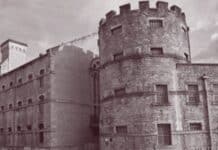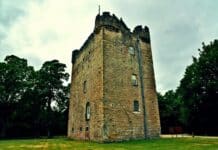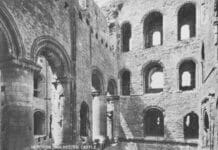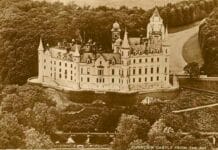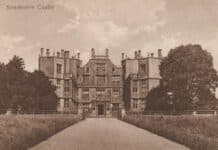Haunted Chillingham Castle in Northumberland offers a unique holiday with ghost tours, quirky accommodations, and rare wild cattle in a historically rich setting, says GAYLE FIDLER
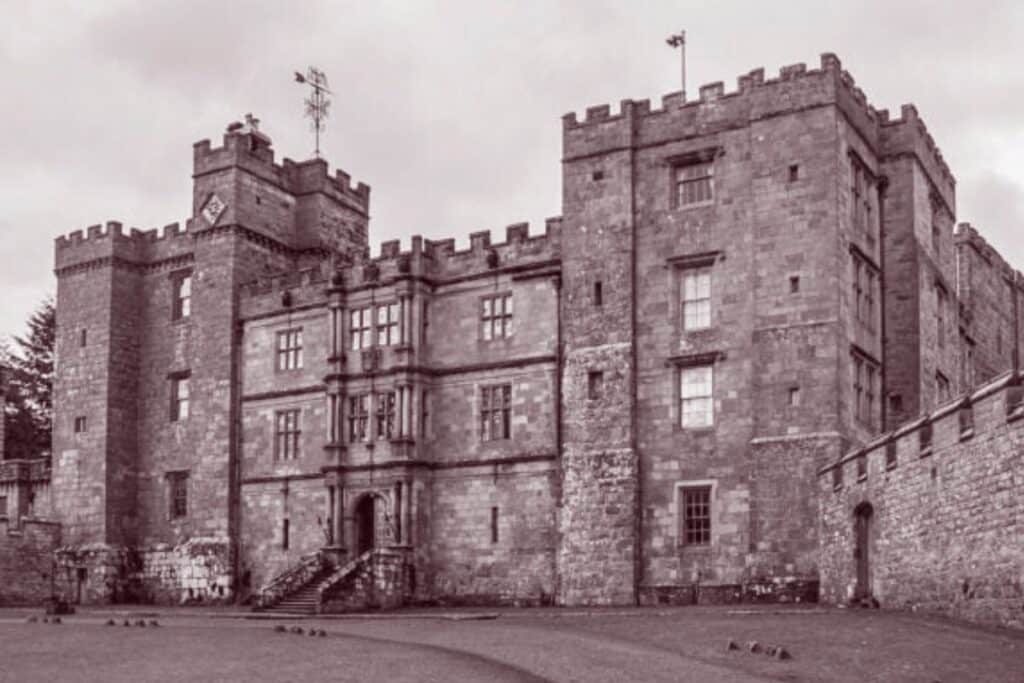
The county of Northumberland is filled with mystery, myth, and legend. The lands have been subjected to raids, bloodshed, and slaughter for centuries. Yet, this historical county remains wild, rugged, and beautiful.
Golden sandy beaches stretch along the North East coastline, once the landing point for Viking invaders. To the west, moorland, hills, and forests still echo with the footsteps of Roman soldiers, who made their homes in one of the many settlements and garrisons that can be visited to this day.
To the north, we cross to the borders of Scotland, sites of battle and hostility for centuries. However, this is an ancient landscape, not just pockmarked by the ravages of war. If you look carefully, you can find evidence of prehistoric daily life, farming, and ritual—stone circles, cairns, and rock art.
Northumberland is littered with castles – over 70 of them dominate the landscape. Some have fallen into ruin over the centuries, with skeletal remains of towers looming across the land, ominous and domineering, but not quite broken. Many, however, still stand in all their vast greatness. They may look imposing, but they welcome hundreds of visitors every day who help contribute towards the tremendous cost of keeping these magnificent buildings alive.
Hauntings of Chillingham Castle
One such castle is Chillingham, near Wooler. I have been a regular visitor for many years, having fallen in love with its quirkiness and charming eccentricity from my very first visit.
Chillingham is owned by the equally charming, quintessentially British eccentric, Sir Humphry Wakefield Bt. A Baronet, Army Captain, explorer, and antique dealer among many other things, Sir Humphry took ownership of Chillingham in the early 1980s after it had fallen into a state of disrepair. The castle is the family seat of the Grey and Bennett family (later Earls of Tankerville). Sir Humphry’s wife, the Hon. Lady Katherine Wakefield, is of Grey lineage.
According to the castle website, Chillingham is “Britain’s Most Haunted Castle”. Visitors come from far and wide to soak up the atmosphere and walk with echoes of ghosts. The castle is not just open to day visitors. It has eight apartments that are let on a self-catering basis for those of us for whom a day trip is just not long enough. In addition, the East Lodge, once home to generations of castle gardeners, has been lovingly restored by Sir Humphry’s eldest son and is also available to rent.
Being a family who likes to holiday on the quirky side, we have been using Chillingham Castle as a base for many years while exploring Northumberland, and we have stayed in a selection of the rooms available. Each one is unique, decorated with antiques, photographs, and portraits of the past. In your apartment, you will find guest books detailing the experiences of past guests. Make of them what you will—some tales are amusing, others chilling. Remember those tales when you are laid in bed at night, listening to noises that echo around the castle walls.
Some rooms even have their own Ouija board provided (or maybe left over from guests who prefer not to risk taking them home!). However, if there isn’t one in your room, never fear—you can buy one in the castle gift shop. But beware, ye guest who decides to take anything without paying. Sir Humphry has a novel form of security. According to legend, the castle and grounds are protected by a witch, whose portrait, “The Chillingham Witch,” hangs in the castle. The witch is said to curse those who steal or harm the property.
The origin of the witch is unknown. Her oil painting was one of the few artifacts left in the castle when Sir Humphry took over. If you are curious about the nature of the curse, visitors can find an array of apologetic letters and returned property on display from those who dared to test the witch’s wrath. However, it is not just stolen property that might be cursed at Chillingham. In 1976, Sir Humphry was issued a stark warning by the then Dowager Countess of Tankerville, Violet, who was concerned that the family was the subject of a terrible curse.
The family has certainly had its fair share of unusual encounters over the years. In 1925, Leonora, Countess of Tankerville, detailed her own ghostly experiences at Chillingham in a radio talk show. A transcript of which is available to buy in the castle shop. These include a spectre known as “The Radiant Boy,” a small child who appeared in the form of a blue light, accompanied by screams and groans. A child’s skeleton was later discovered nearby where the apparition was said to appear. It was given a Christian burial in the castle churchyard. There is also the tragic tale of Lady Mary Berkeley, who is said to wander the castle looking for her unfaithful husband.
Sir Humphry took heed of Violet’s stark warning and had the castle exorcised. However, the exorcist failed in his attempts, claiming that the spirits were “far too strong for him to handle” and that Sir Humphry would need to live with them. Which he duly has done ever since. Even claiming that over the years, the spirits have helped him rebuild the dilapidated building and secure its success for future generations to visit.
The ghosts were put to work in 1986, when finances looked bleak and the castle renovation project was in jeopardy. A Japanese television company contacted Sir Humphry and asked if they could film a programme on the castle ghosts. This was later followed by Channel 4’s Big Breakfast, which made an episode at the castle with presenters Lily Savage and Mark Little. Sir Humphry was struck with the idea to start ghost tours. Since then, the ghostly entertainments have proved a vital source of income for the continuation of the castle. Visitors can book ghost tours, which run throughout the year.
We took a tour that lasted around two hours, and the guide was informative, funny, and whilst we didn’t encounter any of the castle spooks, it was an interesting insider’s view of the castle. It was a nice opportunity to soak up the mood in some of the castle rooms after the chatter of day visitors had gone home and the sun was setting.
As dusk falls over the castle grounds, this is one of the best times to bathe in the atmosphere. The castle is home to many bats, and you can watch them as they fly at night. Sir Humphry’s coat of arms features a bat, which can be seen on gates, doors, and even the weathervane which stands high on the castle roof.
Perhaps more famous than the ghosts, however, are the Chillingham Wild Cattle. These are one of the rarest animals on earth, according to the Chillingham Wild Cattle Association. The beautiful white beasts remain untouched by human hand. The cattle have roamed the estate for centuries. Once hunted for sport and food, they are now protected by the association. Little is known about their origin, but they are probably descended from medieval herds. Guided visits are available to book, but beware—these are wild animals and can be potentially dangerous. Also known as Fairy Cows due to their rare white coats and pink ears, the herd makes for a unique visitor destination.
After a busy day and night of ghost, bat, and cow watching, nothing is better than a relaxing trip to the castle tearoom. An impressive selection of homemade cake and scones is available to enjoy in front of a roaring log fire, which crackles and burns even in the height of summer. But maybe even the fire can’t quite keep the chill from the air in this castle, where the ghosts are still put to work.
Have you seen a ghost in Chillingham Castle? Tell us about it in the comments section below!


